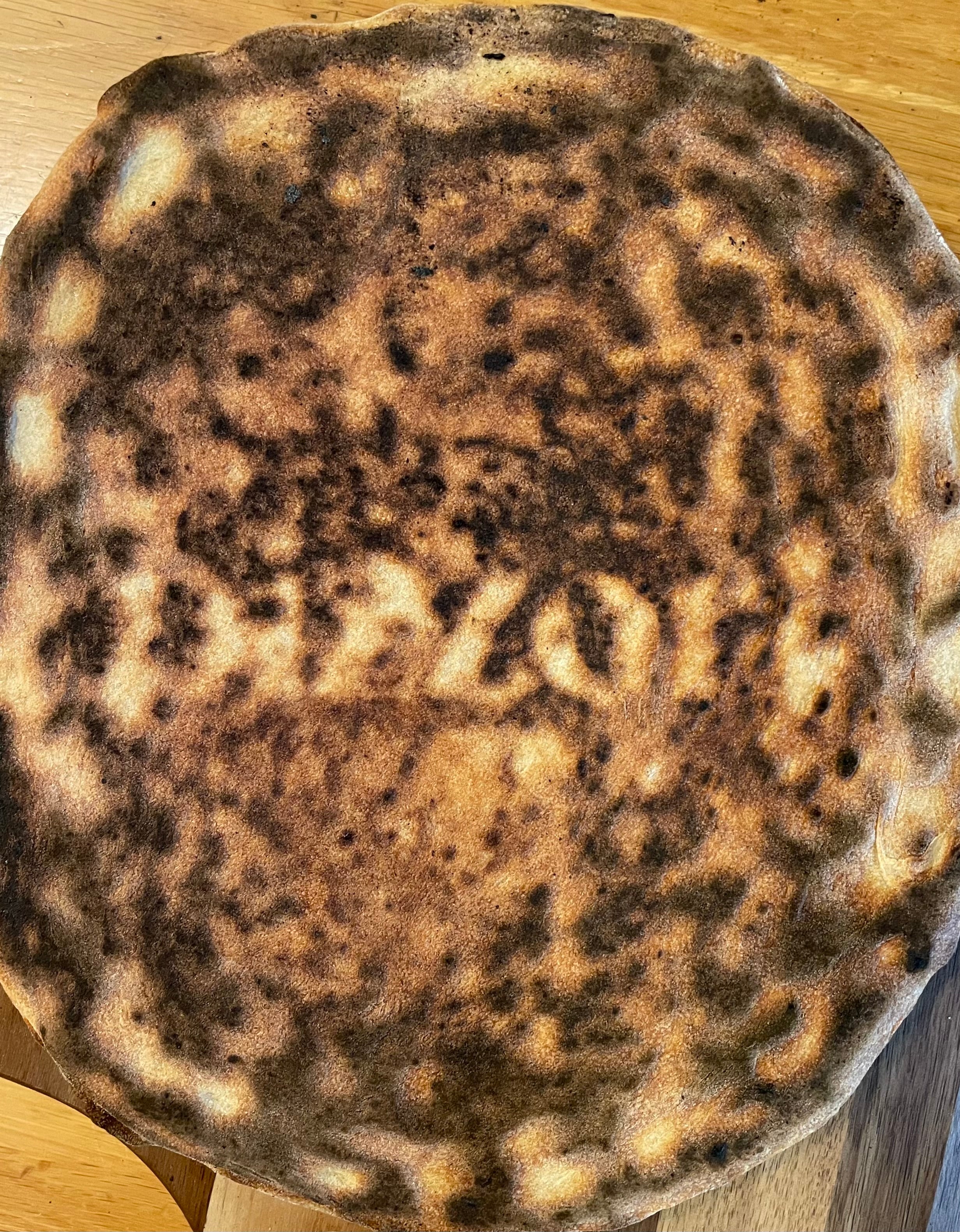Freezing has always been a convenient method of extending the life of food. Whether it’s raw chicken breasts you forgot to get around to making for a weeknight dinner or leftovers that would otherwise go to waste, the ability to freeze food saves you money and time when you need a quick meal.
Unfortunately, freezing can also be a detriment to food. Many foods that go from fresh to frozen and then are thawed are never quite the same due to the cell walls bursting during the freezing process. This additional moisture creates a softer product that is less enjoyable than when it was fresh.
When talking about pizza dough, this slight addition of moisture isn’t as detrimental, but it is necessary to have a proper understanding of when in the process to freeze the dough. Fermentation must be taken into account when freezing pizza dough as it will make or break your final rise and resulting pizza dough.
Below you’ll find some “best practices” for successfully freezing your pizza dough, ensuring you’ll have a healthy stock of dough balls always ready to go.
This Pizza was Made From a 1 Month Old Frozen Dough Ball:

















Leave a comment
This site is protected by hCaptcha and the hCaptcha Privacy Policy and Terms of Service apply.